Staphylococci are relatively common bacteria that we often encounter in our everyday surroundings. Staphylococci are naturally occurring bacteria that can become a source of dangerous infection under certain conditions. There are two types of staph infections: local and general.
Different strains of Staphylococcus bacteria can cause various diseases and colonize the skin and mucous membranes. These bacteria can also be found in animals.
The human body naturally contains fungi and bacteria known as human physiological bacterial flora. These microorganisms play a crucial role in maintaining the body's overall health. When present in the right balance, they promote proper bodily functioning without causing infections.
The microflora is found in different parts of the body, including the mucous membranes and the skin, which houses various types of bacteria. The composition of the microbiome can vary depending on factors such as gender, age, hygiene practices, clothing choices, living environment, and use of topical medications.
Maintaining a balanced bacterial population in the gastrointestinal tract is particularly important for supporting a healthy immune system. Bacteria within these ecosystems perform vital functions. However, several factors can disrupt this delicate microflora balance.

Staphylococcus – is a type of bacteria in the group of gram-positive![]() granules. There are many species of staphylococci. Some of them are even part of the bacterial flora of the skin and respiratory and digestive systems. Other types can attack the body, causing pathogenic effects. Most staphylococci are harmless by nature and cause staph Infection only in the case of severe injuries that violate the continuity of the skin or when the immune system is compromised.
granules. There are many species of staphylococci. Some of them are even part of the bacterial flora of the skin and respiratory and digestive systems. Other types can attack the body, causing pathogenic effects. Most staphylococci are harmless by nature and cause staph Infection only in the case of severe injuries that violate the continuity of the skin or when the immune system is compromised.
Staph infections spread rapidly, making them easy to contract. The bacteria can enter the body through different means and attack tissues and organs, resulting in varying symptoms depending on the site of infection.
Common ways to contract staph infections include:
Lack of hygiene – Poor hygiene practices, such as neglecting to wash hands before meals and not practicing basic cleanliness, can increase the risk of staph infections. The bacteria can easily transfer from objects to hands and then enter the digestive system through contact with the mouth.
Bacteria in food – Inadequately stored food. It can pose a risk of bacterial staph infection. Certain foods must be kept under proper conditions. Staphylococci can reside in meat or dairy products at warm temperatures for too long.
Contact with an infected person – Another easy way to become infected with Staphylococcus is through contact with a person whose body the staph bacterium resides. You can become infected in various ways, either through blood or bodily fluids. Therefore, sexual contact can lead to staph infection or bacteria getting through damaged skin.

Staph bacteria can have negative health effects and cause staph infections when present in the human body. They are classified based on their ability to produce coagulase![]() , a protein enzyme predominantly produced by staphylococci. Therefore, there are two categories: coagulase-positive and coagulase-negative staphylococci.
, a protein enzyme predominantly produced by staphylococci. Therefore, there are two categories: coagulase-positive and coagulase-negative staphylococci.
Coagulase-positive staphylococci – Bacteria that produce the enzyme coagulase.
Coagulase-negative staphylococci – Bacteria that do not have the ability to excrete the coagulase enzyme.
This division assists in differentiating between types of staphylococci during laboratory tests. Both groups consist of staphylococci that can be harmful to humans.The most common types of staphylococci include:
Staphylococcus aureus![]() is a bacterium that does not cause staph infections in many people and often shows no symptoms when carried. It commonly resides in the throat, nasal cavity, and genital area in women. However, it is also considered a dangerous pathogen that can lead to serious infections.
is a bacterium that does not cause staph infections in many people and often shows no symptoms when carried. It commonly resides in the throat, nasal cavity, and genital area in women. However, it is also considered a dangerous pathogen that can lead to serious infections.
Amongst staphylococci species, Staphylococcus aureus is one of the most harmful to humans. It produces cytolytic toxins and enzymes that facilitate its spread throughout the body, resulting in damage to various tissues. Moreover, Staphylococcus aureus is known for its resistance to antibiotics.
This bacterium causes various respiratory infections, skin diseases, organ abscesses, and inflammations. The specific location of infection determines the type of ailment and corresponding symptoms experienced by individuals affected by this bacterium. Staphylococcus aureus belongs to the group of coagulase-positive staphylococci.
Staphylococcus lugdunensis![]() is a strain that naturally resides on the skin of healthy individuals. It is also found in the upper respiratory tract, coexisting as part of our normal flora. However, it can also cause severe staph infections with aggressive courses. The infections caused by Staphylococcus lugdunensis closely resemble those caused by Staphylococcus aureus, making diagnosis challenging.
is a strain that naturally resides on the skin of healthy individuals. It is also found in the upper respiratory tract, coexisting as part of our normal flora. However, it can also cause severe staph infections with aggressive courses. The infections caused by Staphylococcus lugdunensis closely resemble those caused by Staphylococcus aureus, making diagnosis challenging.
However, unlike Staphylococcus aureus, Staphylococcus lugdunensis is susceptible to most antibiotics. This strain often leads to serious conditions such as meningitis, endocarditis, bacteremia, abscesses, as well as severe joint and cardiac infections. It falls into the category of coagulase-negative staphylococci.
Staphylococcus haemolyticus![]() strains constitute a significant part of the human skin microbiota. This type of bacteria is one of the most common etiological agents of staph infections. They belong to the group of coagulase-negative staphylococci, which inhabit the skin but can also cause harm to the human body.
strains constitute a significant part of the human skin microbiota. This type of bacteria is one of the most common etiological agents of staph infections. They belong to the group of coagulase-negative staphylococci, which inhabit the skin but can also cause harm to the human body.
Staphylococcus haemolyticus is a microorganism that often causes staph infections in the hospital environment. Its strains are more resistant to antibiotics than other coagulase-negative staphylococci. Severe conditions such as meningitis and different types of inflammation, as well as bacteremia and septicemia, especially in immunocompromised patients, are reported with this type of Staphylococcus.
Staphylococcus saprophyticus![]() is a normal human flora inhabiting the perineum, rectum, urethra, cervix, and gastrointestinal tract. These bacteria are found throughout the skin in a normal, healthy state. They most abundantly colonize areas of the skin folds, such as the armpits, groin, and genital area. Coagulase-negative staphylococci mainly cause infections in the hospital environment.
is a normal human flora inhabiting the perineum, rectum, urethra, cervix, and gastrointestinal tract. These bacteria are found throughout the skin in a normal, healthy state. They most abundantly colonize areas of the skin folds, such as the armpits, groin, and genital area. Coagulase-negative staphylococci mainly cause infections in the hospital environment.
The exceptions are strains of the Staphylococcus saprophyticus species, responsible for out-of-hospital urinary tract infections, most often in women of childbearing age. One important factor contributing to the spread and colonization of Staphylococcus saprophyticus is its ability to produce significant amounts of urease. This enzyme supports the pathogen's survival in the urinary tract and is also associated with kidney stone formation.
In addition to causing urinary tract infections, this strain of bacteria can occasionally lead to complications such as acute pyelonephritis, urethritis, epididymitis, and prostatitis. These more severe infections typically affect individuals who are immunocompromised, elderly, male patients, pregnant women, diabetic patients, or those with urological abnormalities.
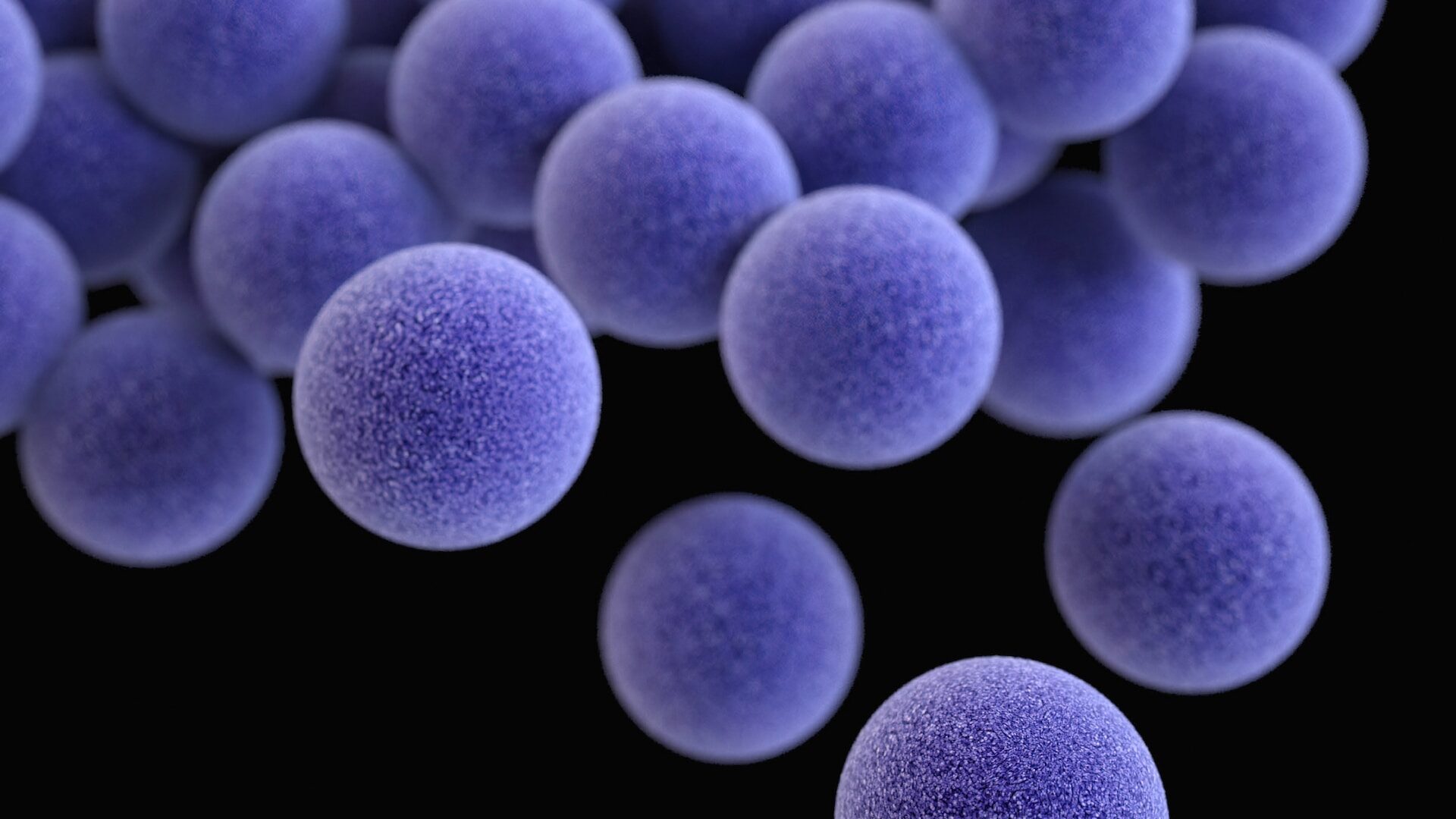
Staphylococcus bacteria can cause staph infections with varying symptoms depending on the specific strain. These infections can be either localized or generalized. Additionally, there is a group of diseases that result from staphylococcal toxins. Staphylococcus aureus is the most harmful strain for humans, causing local infections primarily in the skin and subcutaneous tissues, as well as systemic illnesses.
Many Staphylococcus species, particularly those that are coagulase-negative, are part of the normal bacterial flora found in humans. Under conditions favorable to the bacteria, staph infection can develop. Symptoms of staphylococcal infection depend on the site of infection, although symptoms common to most forms of staph infection are also listed. These include the following signals:
When there is an infection in the body, the body temperature rises. Therefore, when staphylococci cause harmful changes, feverish symptoms![]() may occur. In addition, general weakness and malaise often co-occur. Also, diseases caused by staphylococcus bacteria can cause flu-like symptoms, including fever, chills, and fatigue.
may occur. In addition, general weakness and malaise often co-occur. Also, diseases caused by staphylococcus bacteria can cause flu-like symptoms, including fever, chills, and fatigue.
Since staphylococci are bacteria that naturally inhabit human skin, skin symptoms can occur when pathological. Staphylococcal infection on the skin is mainly manifested by its red color, wounds, and pain at the site of the lesion. Diseases of the skin are also characterized by the presence of purulent discharge.
Staphylococci bacteria are responsible for several common skin infections![]() , such as impetigo, boils, abscesses, and sweat gland inflammation. One particularly dangerous condition caused by these bacteria is necrotizing fasciitis, a serious infection of the subcutaneous tissue that requires immediate medical attention.
, such as impetigo, boils, abscesses, and sweat gland inflammation. One particularly dangerous condition caused by these bacteria is necrotizing fasciitis, a serious infection of the subcutaneous tissue that requires immediate medical attention.
Staphylococcus has the ability to invade muscles, joints, and even bones, which can then result in muscle and joint pain. Infections in these areas can make movement difficult. The skin and nose are often home to Staphylococcus aureus, making it the most frequent cause of septic arthritis![]() . This bacterium has the capability to travel deep into the body, leading to various infections, including purulent osteoarthritis.
. This bacterium has the capability to travel deep into the body, leading to various infections, including purulent osteoarthritis.
Staphylococcus aureus is responsible for a range of respiratory infections![]() , most notably chronic conditions such as otitis media and sinusitis. These types of infections commonly present with symptoms like sore throat and coughing. It is more prevalent in children, often leading to upper respiratory tract infections such as rhinitis, tonsillitis, and laryngitis.
, most notably chronic conditions such as otitis media and sinusitis. These types of infections commonly present with symptoms like sore throat and coughing. It is more prevalent in children, often leading to upper respiratory tract infections such as rhinitis, tonsillitis, and laryngitis.
Conditions in the nasal mucosa are also common. Staph in the nose manifests as recurrent runny nose of a purulent nature and sinusitis. A hazardous situation is posed by Staphylococcus that multiplies in the nose before a dental or surgical procedure.
Staphylococcus can also attack the urinary tract![]() . In particular, a strain of Staphylococcus saprophyticus often contributes to urinary tract infections in young and sexually active women. There are urethritis (usually caused by infection, sometimes irritation), cystitis, and pyelonephritis. Less commonly, Staphylococcus is responsible for complications, including acute nephritis, epididymitis, and prostatitis. Staphylococcal urinary tract infections are characterized by painful urination and frequent urination.
. In particular, a strain of Staphylococcus saprophyticus often contributes to urinary tract infections in young and sexually active women. There are urethritis (usually caused by infection, sometimes irritation), cystitis, and pyelonephritis. Less commonly, Staphylococcus is responsible for complications, including acute nephritis, epididymitis, and prostatitis. Staphylococcal urinary tract infections are characterized by painful urination and frequent urination.
If staph infects the gastrointestinal tract, the patient may experience increased symptoms of food poisoning![]() , including diarrhea or vomiting. Consuming food contaminated with Staphylococcus bacteria can lead to gastrointestinal issues. Common sources of Staphylococcus aureus infection include meat and dairy products. The presence of these harmful bacteria in the food cannot be detected by taste alone, making it important to practice caution. Individuals with weakened immune systems are particularly susceptible to such infections.
, including diarrhea or vomiting. Consuming food contaminated with Staphylococcus bacteria can lead to gastrointestinal issues. Common sources of Staphylococcus aureus infection include meat and dairy products. The presence of these harmful bacteria in the food cannot be detected by taste alone, making it important to practice caution. Individuals with weakened immune systems are particularly susceptible to such infections.
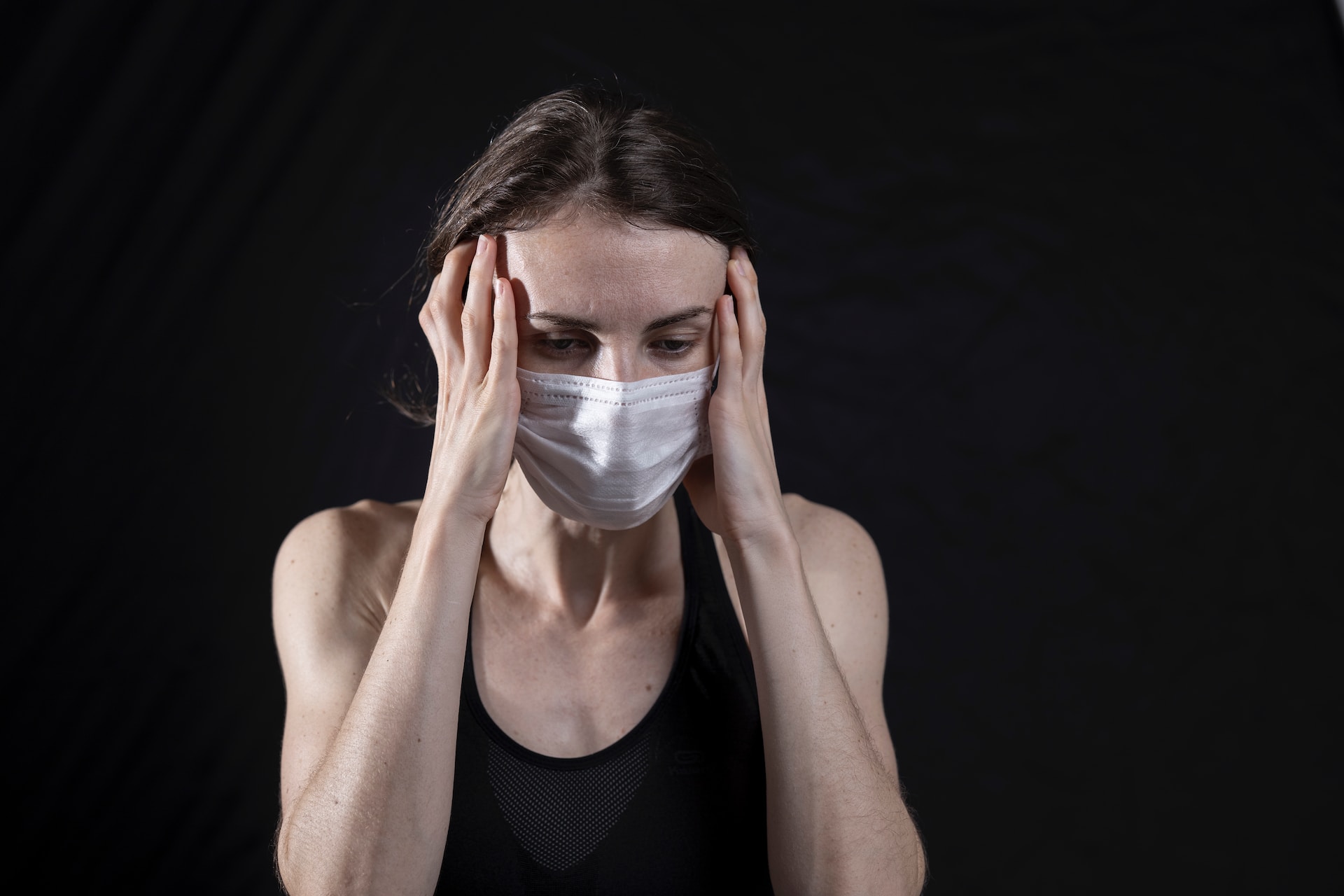
Staphylococci are bacterial pathogens of humans, responsible for developing many diseases. Which specific condition we will be dealing with depends on which strain of bacteria has become pathologically increased and where they have been colonized. Other factors are also important, including environmental conditions and the site of infection.
Staphylococci bacteria produce a variety of toxins that can cause specific diseases. Initially, it was believed that staphylococcal toxic shock syndrome![]() only affected women who used vaginal tampons. However, it has since been discovered that it can occur in people of all ages, including men.
only affected women who used vaginal tampons. However, it has since been discovered that it can occur in people of all ages, including men.
Toxic shock syndrome is a severe and life-threatening condition characterized by high fever and a decrease in blood pressure along with changes in the skin. Other symptoms may include muscle pain, vomiting, and diarrhea. The impaired function of organs poses a significant danger. Immediate medical intervention is necessary for the treatment of toxic shock syndrome. Antibiotic therapy is necessary to cure the underlying infection.
Staphylococcus bacteria can cause a condition called bacteremia![]() . Bacteremia is an infection of the blood with bacteria without a generalized inflammatory process. Although bacteremia most often does not cause complications and sequelae and does not threaten health and life, it can sometimes progress to sepsis.
. Bacteremia is an infection of the blood with bacteria without a generalized inflammatory process. Although bacteremia most often does not cause complications and sequelae and does not threaten health and life, it can sometimes progress to sepsis.
The development of sepsis can occur when the body cannot get rid of the pathogen naturally. Then, sepsis can develop when the immune system is weakened, and the bacterium breaks through the immune system's barrier. Then, there is a systemic reaction of the body to the microorganisms in the blood and their toxins.
There is a particular danger to health when staphylococci cause a systemic infection![]() . Usually, staphylococci cause local infections, the symptoms of which depend on the site and type of infection. In contrast, systemic infections are severe conditions that require immediate medical intervention. Among the most serious invasive infections caused by staphylococci are:
. Usually, staphylococci cause local infections, the symptoms of which depend on the site and type of infection. In contrast, systemic infections are severe conditions that require immediate medical intervention. Among the most serious invasive infections caused by staphylococci are:
Sepsis – In severe cases, staphylococcus bacteria can lead to a life-threatening condition known as sepsis. Sepsis occurs when an infection in the body causes extensive damage to tissues and organs. It can rapidly and significantly worsen the patient's overall condition. The most serious form of sepsis is called septic shock, which is characterized by circulatory failure resulting from systemic infection. If prompt and effective treatment is not administered, sepsis can ultimately result in multiple organ failure and death.
Endocarditis – Endocarditis is a disease that occurs when staphylococcus bacteria infect the heart valves, leading to damage of the inner walls and potentially causing regurgitation. This infection can also affect the inner linings of arteries. Endocarditis is an inflammatory condition that may involve foreign objects within the heart and circulatory system. Delayed diagnosis can result in heart failure, peripheral congestion, inflammation of other organs, or even a heart attack.
Pneumonia – Pneumonia is an inflammation of the lung parenchyma, which affects the lower part of the respiratory system. This condition leads to a characteristic effusion. Its consequence is a reduction in lung surface area, the appearance of shortness of breath in the chest, accelerated breathing, or cyanosis. It can be dangerous, especially for children under two and seniors. In both cases, urgent medical consultation is most often necessary.
Meningitis – is one of the acute neuroinfections with a severe course. The condition carries a high risk of complications, including disability. The inflammatory process involving the meninges results from the penetration of staphylococci into the cerebrospinal fluid via the blood route from the sites of infection. Implementation of appropriate causal treatment is critical to prognosis. With bacterial meningitis comes the risk of neurological complications, which can end in disability.
Specific tests are necessary when a patient is suspected of having a staphylococcal infection. The diagnosis of staphylococcal infection is established based on signs and the results of microbiological tests, in which the growth of staphylococci is obtained. For this purpose, the doctor may order:
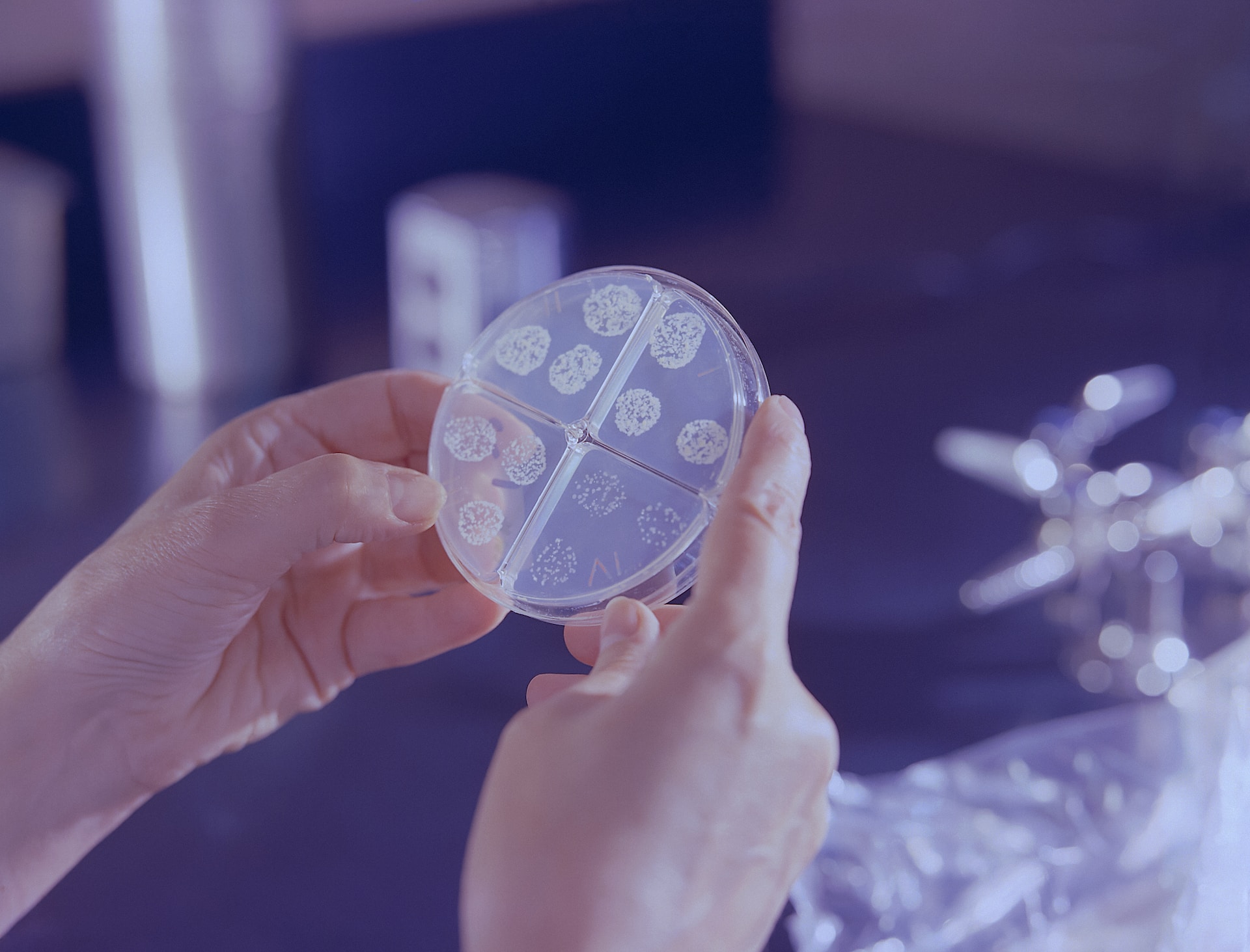
Tests for Staphylococcus are performed from a swab sample from the infected area of the body. Depending on the case, these can be different types of body fluids. Staphylococcus can also be detected in blood or urine. To determine the most effective treatment, patient samples are also collected for an antibiogram. In cases of food poisoning, suspected food items can be sent to a microbiology laboratory for toxin detection or identification of toxin-producing strains.
Diagnosing and treating Staphylococcus aureus can be challenging since carriers may have multiple staph species concurrently. Some types of Staphylococcus can be confused with other pathogens, making implementing an appropriate treatment process difficult. Staphylococci are divided based on their ability to produce the enzyme coagulase into coagulase-positive and coagulase-negative species for diagnostic purposes.
Treating staph infections can be a complex and lengthy process. It is possible to cure staph infections completely. When the diagnosis is formed, the doctor will recommend the appropriate treatment depending on the type of staphylococcus present. Treatment of staph infections primarily involves antibiotics![]() .
.
Antibiotic therapy – Antibiotics play a crucial role in treating bacterial infections by eliminating the harmful bacteria from the body. However, an increasing issue is the rising resistance of bacteria to certain antibiotics. It's important to understand that not all antibiotics will be effective against every strain of Staphylococcus, as these bacteria have developed mechanisms to withstand the effects of many antibiotics. In certain cases, additional measures may be required alongside antibiotic therapy.
Additional treatment – In addition to antibiotic therapy, there are other treatment options available for staphylococcal infections. These treatments focus on addressing complications and minimizing symptoms. Furthermore, alternative measures are implemented when antibiotics aren't effective in reducing bacterial strains. In certain situations, the removal of foreign objects from the body, such as dentures, may be necessary.
When a pregnant woman contracts a Staphylococcus infection, it can be risky for both her and the fetus. The bacteria can cross the blood-placental barrier and cause an infection in the fetus. As a result, pregnant women need to take extra precautions to avoid staph infections. Pregnant women are also more susceptible to conditions like reproductive or urinary tract infections, which might arise due to the presence of Staph bacteria.
It is crucial for pregnant women to seek immediate medical help if they notice any symptoms of illness. Regular prenatal care is essential in order to prevent the risks associated with staph infections as it may impact natural childbirth if left untreated. Gynecologists advise against making decisions solely based on positive smear test results for Staphylococcus; natural birth should not be abandoned without proper evaluation.
However, untreated bacterial vaginal infections during pregnancy can lead to complications such as premature rupture of membranes![]() or preterm labor
or preterm labor![]() . It's important not attempt self-treatment for these infections during pregnancy as antibiotics must be carefully selected based on the pregnant woman's health, ensuring that they don't pose risks to the baby's development. Each individual case requires thorough evaluation by healthcare professionals in order determine appropriate medication type and dosage.
. It's important not attempt self-treatment for these infections during pregnancy as antibiotics must be carefully selected based on the pregnant woman's health, ensuring that they don't pose risks to the baby's development. Each individual case requires thorough evaluation by healthcare professionals in order determine appropriate medication type and dosage.
There are ways to protect yourself from staph infections. Although an infection can happen to any of us, specific actions can reduce the risk of these infections. The best protection against bacteria is a functioning immune system. Various preventive measures can be used to strengthen it and avoid disease. However, the fact is that an infection in a strong body has a limited chance of developing. In contrast, in the case of a weakened immune system, it can develop very quickly and lead to many dangerous consequences. Thus, the basis of prevention is to take care of the body's overall health.
A diet to support immunity should, above all, be varied. The variety of products we eat ensures various vitamins and minerals. Some substances such as antioxidants and unsaturated fatty acids also have the useful action of improving the immune system.
Vitamins – When it comes to vitamins, there are a few key ones that play a vital role in supporting your immune system. Vitamin A is especially important as it helps form immune cells, boosting your overall immunity. You can find good sources of vitamin A in dairy products, meat, fish, as well as vegetables like kale and spinach. Another essential vitamin for the immune system is vitamin C. It supports the functions of both innate and acquired immunity at a cellular level. If you don't get enough vitamin C, it can reduce the efficiency of your immune system and make you more susceptible to infections.
Minerals – Certain minerals and elements can also contribute to fighting infections. Magnesium, selenium, and zinc are particularly worth considering. Magnesium supports psychological functions and protects against the impact of stress, thereby aiding in the fight against infections. Supplementing with selenium can boost immune system function by increasing lymphocyte activity, making them more effective at eliminating harmful pathogens. Additionally, zinc plays a role in activating thymulin, a hormone secreted by the thymus that stimulates the production of T lymphocytes – immune system cells responsible for defending against pathogens.
Unsaturated fatty acids – Unsaturated fatty acids, such as omega-3 fatty acids, play a crucial role in supporting the immune system and fighting off infections. These fats also help reduce inflammation in the body. There are various types of oils that contain these beneficial fats, such as flaxseed oil. Flaxseed oil is not only rich in omega-3 fatty acids but also contains vitamin E and antioxidants. Another oil with excellent health benefits is cumin oil. It possesses antibacterial, antifungal, antiviral, and antiparasitic properties while also modulating the immune system. Additionally, coconut oil has high levels of lauric acid, which gives it both antibacterial and antiviral properties while boosting overall immunity.
Antioxidants – Antioxidants play a crucial role in the body by slowing down oxidation reactions, defending against bacteria and viruses, and combating the proliferation of harmful free radicals. One type of antioxidant called polyphenols has been shown to possess anti-inflammatory, antiviral, and antibacterial properties. They also offer additional benefits for cardiovascular health with their anticoagulant properties. These compounds help protect against conditions like ischemic heart disease, slow down cellular aging, and boost overall immunity. Foods rich in polyphenolic compounds include green tea, cocoa, nuts, grapes, and berries.
Engaging in regular physical activity has a positive impact on the immune system and overall body strength, according to health experts. Moderate intensity exercise is known to reduce susceptibility to diseases, unlike inactive lifestyles or high-intensity workouts. During exercise, specific immune cells like lymphocytes are increased, aiding the immune response by producing antibodies that identify foreign antigens.
Additionally, macrophages production increases during physical activity, effectively neutralizing disease-causing pathogens. By incorporating regular physical activity into our routines, we can lower our risk of infections and maintain better overall health. It also prevents the development of chronic diseases.
However, exercising too much and forcing the body for a long time can have the opposite effect, such as decreasing lymphocyte levels and increasing susceptibility to infection.
What is essential in protecting against staph infections is, first and foremost, maintaining hygiene. Good hygiene practices are essential for maintaining good health. One important habit to develop is washing your hands before meals.
It's also crucial to store food properly, especially perishable items like meat and dairy products. When these foods are left out in the heat for too long, it creates an environment where staph bacteria can multiply. To ensure your safety, it's best to avoid consuming any food that may appear suspicious or spoiled.
Taking these precautions will help prevent any potential health risks associated with poor hygiene practices. Also, improper intimate hygiene contributes to staph infections in the genitourinary tract. Sexually active people are particularly vulnerable to infection. Particular caution and hygiene are recommended to avoid health violations.
Staphylococcus is a type of bacteria belonging to the gram-positive cocci group. Staphylococci are a group of bacteria that can be found in various parts of the body, such as the skin, respiratory system, and digestive tract. While most staphylococci are harmless and only cause infection when there are severe injuries or weakened immune systems, they can still pose a risk under certain conditions.
Staphylococci bacteria are commonly present in our everyday surroundings, and many people naturally carry them as part of their bacterial flora. However, if conditions favor their growth, they can lead to serious infections. Staph infections can manifest either locally or throughout the body. Different types of Staphylococcus bacteria cause various diseases and colonizations on the skin and mucous membranes. They can even affect animals.
Due to their ability to spread rapidly, staphylococcus bacteria easily lead to infections. These bacteria enter the body through different routes and attack various tissues and organs, resulting in varying signs depending on the type of infection. When suspected with a staphylococcal infection, specific tests should be conducted to confirm the diagnosis.
Combining clinical signs with microbiological test results helps establish whether there is staphylococci growth present in the patient's body. Treating staph infections can be challenging and time-consuming; however, complete recovery is possible with appropriate treatment tailored specifically for combating the strain within one's body. This typically involves antibiotic therapy.
Table of Contents
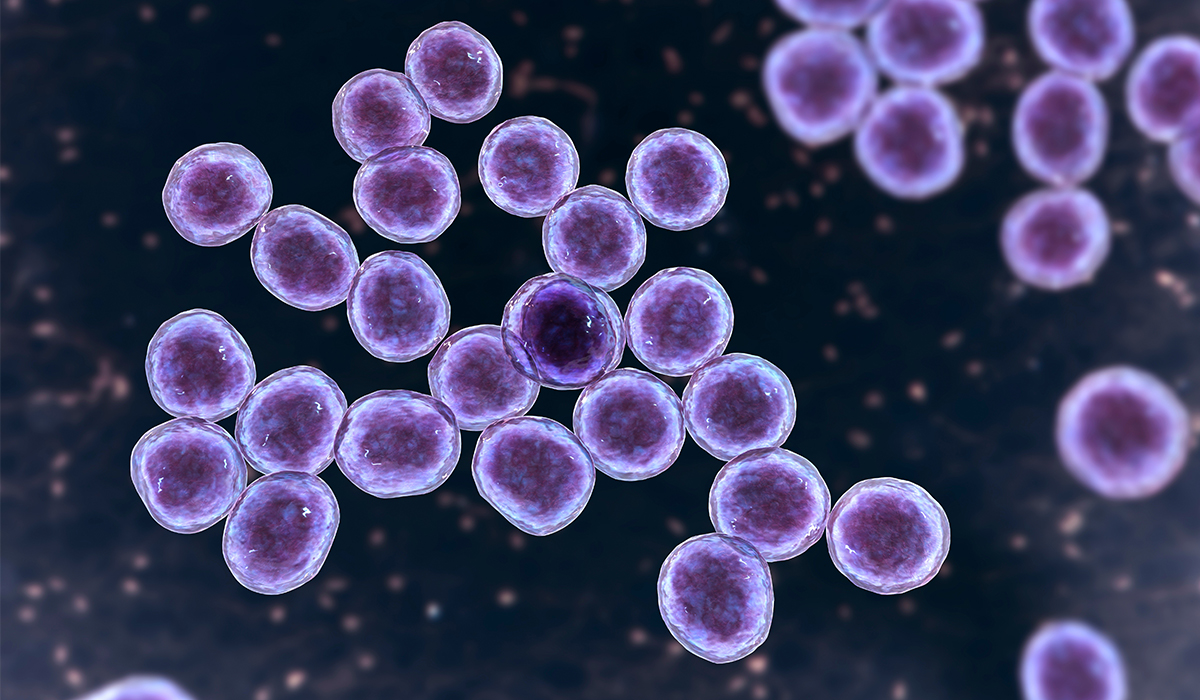
MRSA infection is a medical condition in which antibiotic-resistant bacteria attack the body. The infection can be asymptomatic or very… read more »

Pathogens are disease-causing germs. They can include bacteria, viruses, fungi, protozoa, and worms. How are they spreading? What diseases do… read more »
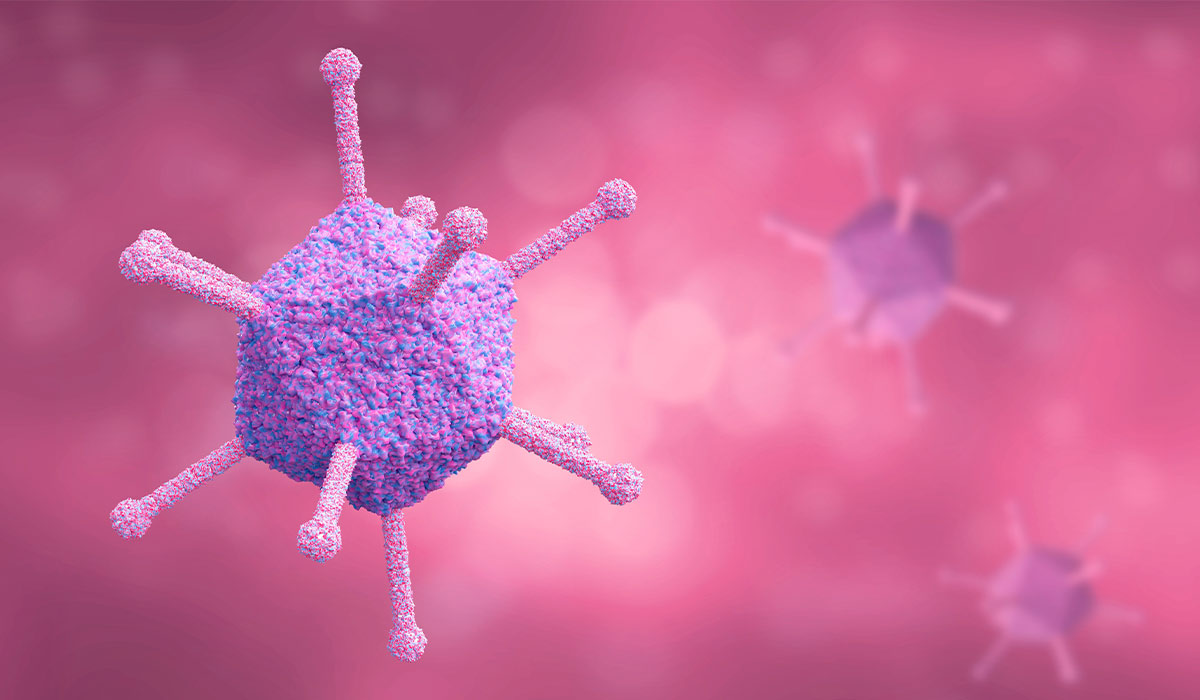
Croup is a common respiratory disease It is often seen in children under the age of 5 years. Learn about… read more »
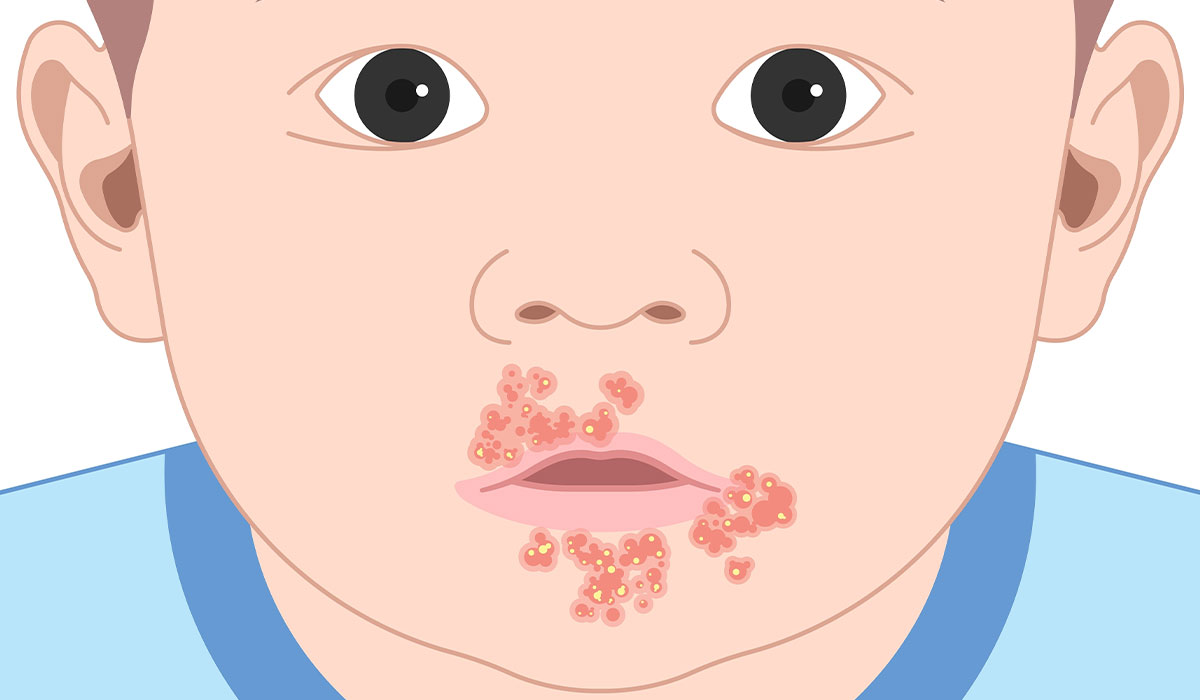
Impetigo is a common skin disease affecting infants and young children. It's highly contagious but rarely causes severe symptoms or… read more »
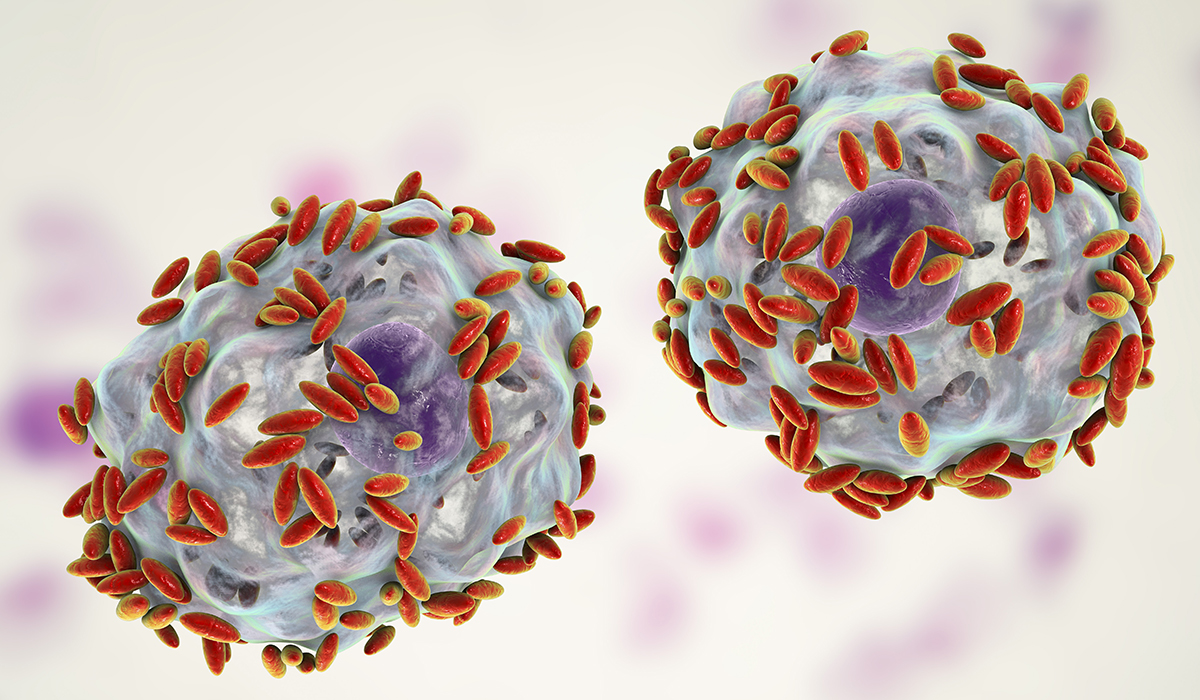
Bacterial vaginosis is a common problem for women. Learn the risk factors so you can eliminate them and protect yourself… read more »

A UTI is a urinary tract infection. They are most often caused by bacteria. Infection may be limited to bladder… read more »
Bacterial infections are diseases caused by the accumulation of bacteria in the body. How to distinguish them from viral infections?… read more »

Paronychia is an inflammatory disease that develops in the nail fold of the hands or feet. What are the symptoms?… read more »
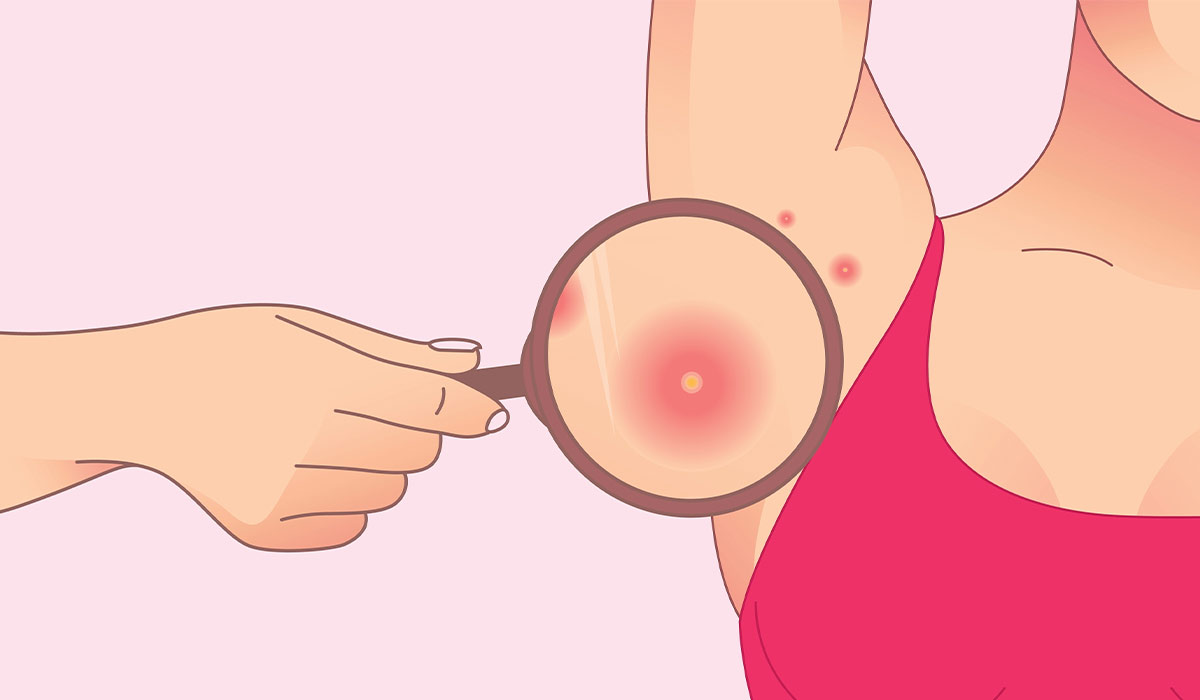
Folliculitis is a skin disease that appears very often. What are its causes and symptoms? What is the treatment for… read more »